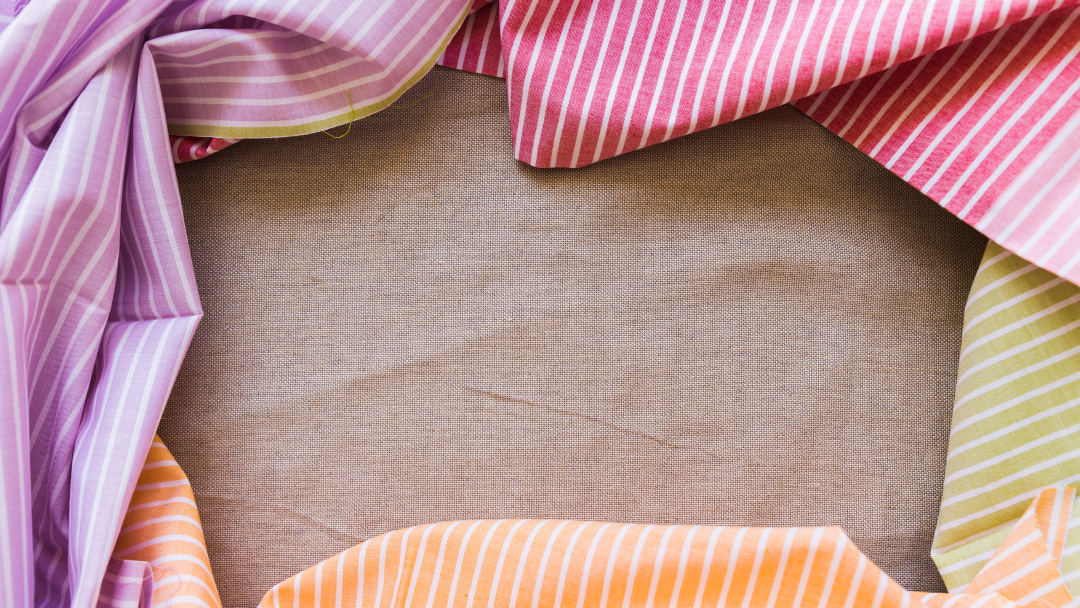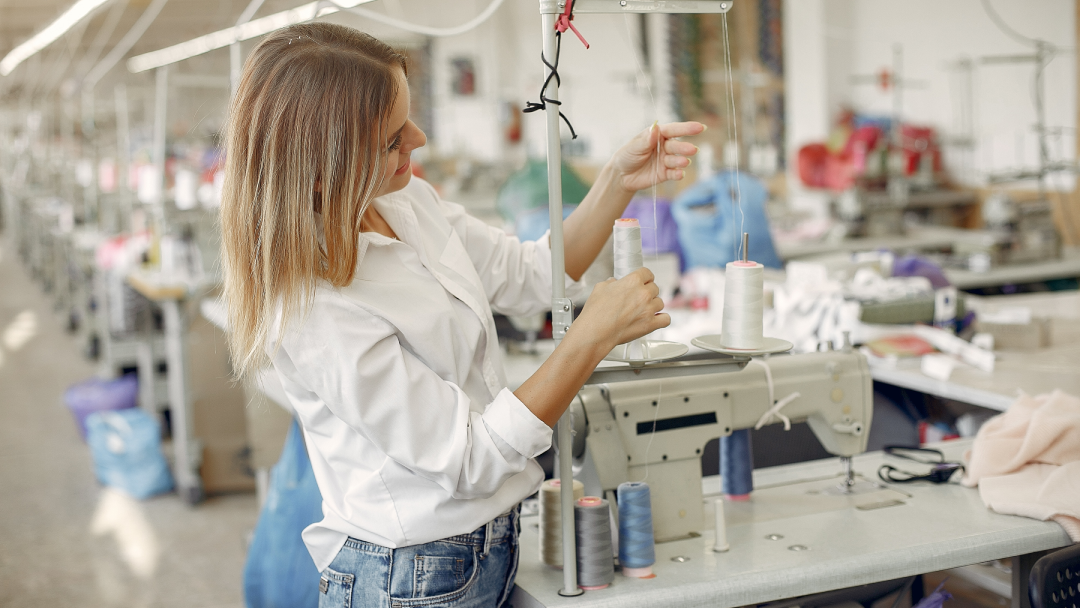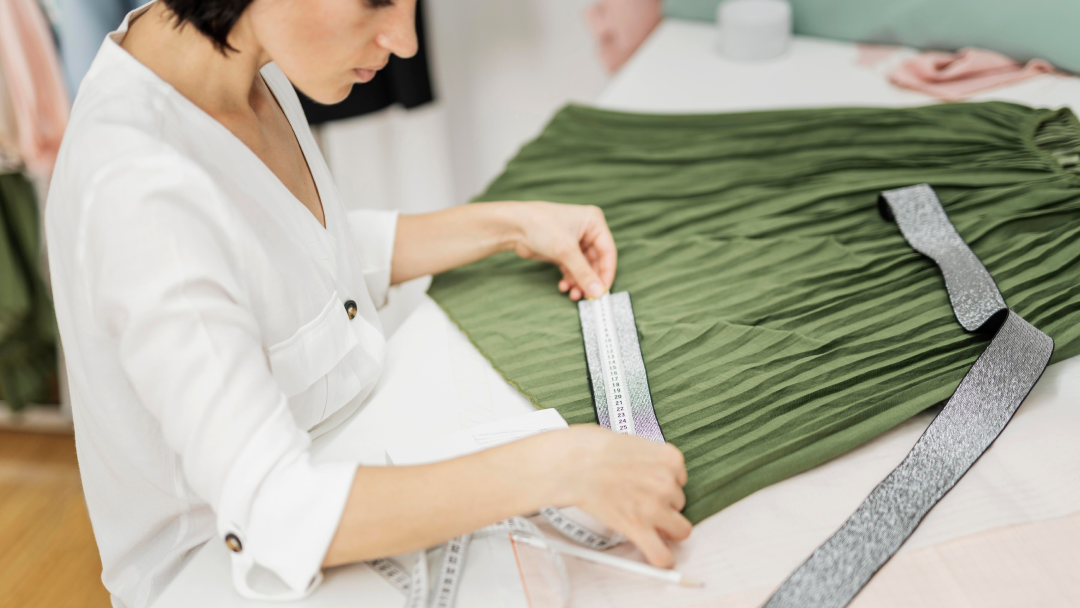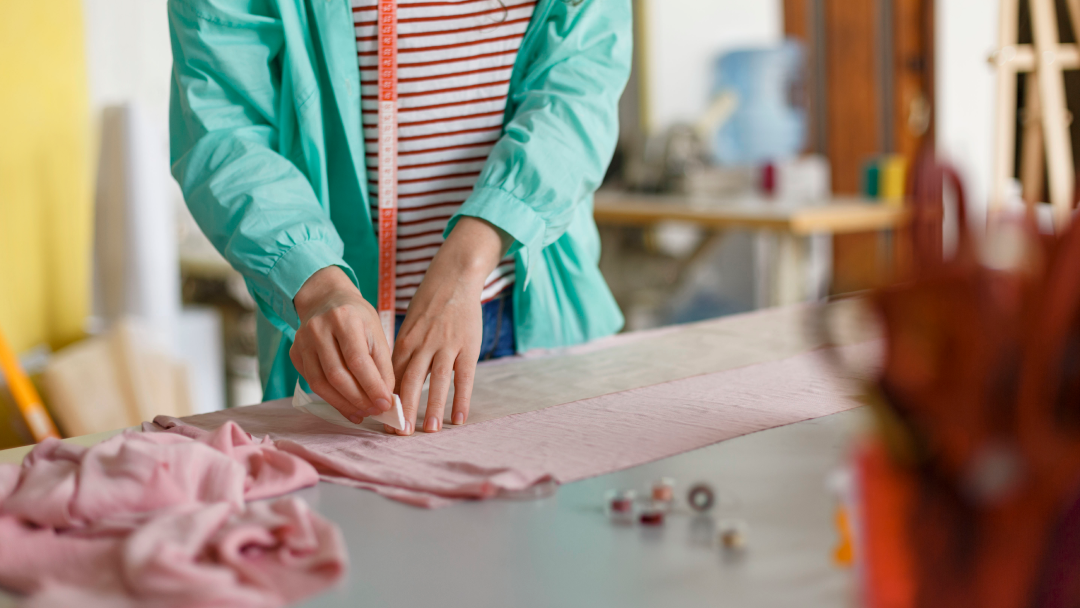School uniforms have been a staple in educational institutions for centuries. They promote a sense of unity, discipline, and equality among students. While the debate over the merits of school uniforms continues, their production remains a significant industry.
This comprehensive guide delves into the world of school uniforms production, covering everything from the different types of uniforms to the ethical considerations involved in their manufacturing.
Types of School Uniforms

School uniforms come in various styles and designs to suit different school environments and preferences. Here are some common types of school uniforms:
-
Traditional Uniforms
These classic uniforms typically consist of a polo shirt, khakis or skirts, and a blazer or sweater. They are often associated with private schools and convey a sense of formality and professionalism.
-
Sports Uniforms
Designed for physical education and athletic activities, sports uniforms prioritize comfort and flexibility. They typically include T-shirts, shorts, sweatpants, and tracksuits, often bearing the school’s logo and colors.
-
Special Occasion Uniforms
Some schools have special uniforms for events like formal dances or graduations. These uniforms may be more elaborate than everyday uniforms and often reflect the school’s spirit and traditions.
Materials Used in School Uniforms

The choice of materials for school uniforms is crucial for ensuring comfort, durability, and ease of care. Common materials used in school uniforms include:
-
Natural Fibers
Cotton, wool, and linen are popular choices for school uniforms due to their breathability and comfort. Natural fibers allow the skin to breathe, making them ideal for warmer climates or active wear.
-
Synthetic Fibers
Polyester and nylon offer durability, wrinkle resistance, and ease of care. Synthetic fibers are less prone to shrinking or fading, making them well-suited for school uniforms that require frequent washing.
-
Blends
Combining natural and synthetic fibers creates a balance of comfort, durability, and performance. Blended fabrics can offer the breathability of natural fibers with the wrinkle resistance and ease of care of synthetic fibers.
The School Uniform Production Process

School uniform production involves a series of steps to ensure high-quality garments that meet the specific requirements of each school. The process typically includes:
-
Design and Pattern Creation
Designers create patterns based on school specifications and size charts. They consider factors like style, fit, and comfort to ensure the uniforms are both visually appealing and functional.
-
Fabric Procurement
Fabrics are sourced from reliable suppliers, ensuring quality and consistency. Schools often work with uniform manufacturers to select fabrics that meet their budget, durability, and aesthetic requirements.
-
Cutting and Laying
Automated or manual cutting systems precisely cut fabric pieces according to patterns. This ensures efficient use of fabric and minimizes waste.
-
Sewing and Assembly
Skilled seamstresses assemble garment components using specialized sewing machines. Proper stitching techniques and quality control measures ensure the uniforms are durable and well-constructed.
-
Quality Control
Garments undergo rigorous inspections to ensure they meet quality standards. This includes checking for stitching accuracy, seam strength, overall appearance, and adherence to school specifications.
-
Packaging and Shipping
Uniforms are packaged and shipped to schools or retailers. Proper packaging protects the garments during transport and ensures they arrive in good condition.
Quality and Control Quality

Maintaining high quality standards is essential in school uniform production to ensure the garments meet the expectations of schools and parents. Quality control measures include:
-
Fabric Inspection
Fabrics are checked for defects, color consistency, and shrinkage before cutting. This prevents issues like fading, color bleeding, or mismatched patterns in the final garments.
-
Sewing Quality
Garments are inspected for stitching accuracy, seam strength, and overall appearance. This ensures the uniforms are durable, comfortable, and visually appealing.
-
Finishing Touches
Buttons, zippers, and labels are checked for proper placement and functionality. This ensures the uniforms are easy to wear and maintain.
Ethical Considerations in School Uniform Production

The production of school uniforms should not only meet quality standards but also adhere to ethical principles. These considerations include:
-
Fair Labor Practices
Ensuring workers are treated fairly, paid adequately, and work in safe conditions. This involves following labor laws, providing proper training, and respecting workers’ rights.
-
Environmental Sustainability
Minimizing environmental impact through sustainable practices and material choices. This includes reducing waste, using eco-friendly materials, and adopting energy-efficient production methods.
-
Social Responsibility
Supporting local communities and ethical sourcing of materials. This involves partnering with local suppliers, providing employment opportunities, and contributing to social development initiatives.
The Future of School Uniform Production (continued)

-
Technological Advancements
Embracing automation, robotics, and data analytics to enhance efficiency and quality. Automation can streamline repetitive tasks, robotics can improve precision and consistency, and data analytics can optimize production processes and identify areas for improvement.
-
Sustainability Initiatives
Reducing waste, using eco-friendly materials, and adopting sustainable practices. This includes utilizing recycled materials, minimizing energy consumption, and implementing waste reduction strategies.
-
Personalization
Offering customization options to cater to individual preferences and needs. This could involve allowing students to choose from a variety of styles, colors, or fit options.
-
Global Expansion
Expanding production capabilities to meet the growing demand worldwide. This involves establishing manufacturing facilities in different regions and developing partnerships with international distributors.
Let OL Garments be Your Partner in Creating Exceptional School Uniforms.
OL Garments is a leading provider of high-quality school uniforms, committed to ethical practices and sustainable manufacturing. With our expertise and dedication, we can help your school create uniforms that promote a sense of unity, pride, and sustainability.
Contact us today to discuss your school uniform production needs and experience the OL Garments difference.
Frequently Asked Questions (FAQ)
- What are the different types of school uniforms?
School uniforms come in a variety of styles, including traditional uniforms, sports uniforms, and special occasion uniforms. Traditional uniforms typically consist of a polo shirt, khakis or skirts, and a blazer or sweater. Sports uniforms are designed for comfort and flexibility, while special occasion uniforms are often more elaborate and reflect the school’s spirit.
- What materials are used in school uniforms?
Common materials used in school uniforms include natural fibers like cotton, wool, and linen, which are breathable and comfortable. Synthetic fibers like polyester and nylon offer durability, wrinkle resistance, and ease of care. Blended fabrics combine the benefits of both natural and synthetic fibers.
- What is the process of school uniform production?
School uniform production involves a series of steps, from design and pattern creation to fabric procurement, cutting and laying, sewing and assembly, quality control, packaging, and shipping. Each step ensures high-quality garments that meet the specific requirements of each school.
- What are some ethical considerations in school uniform production?
Ethical considerations in school uniform production include fair labor practices, environmental sustainability, and social responsibility. Ensuring fair treatment and adequate pay for workers, minimizing environmental impact, and supporting local communities are crucial aspects of ethical production.
- What is the future of school uniform production?
The future of school uniform production is shaped by trends like technological advancements, sustainability initiatives, personalization, and global expansion. Embracing automation, robotics, and data analytics, reducing waste and using eco-friendly materials, offering customization options, and expanding production capabilities are key trends driving the industry forward.
